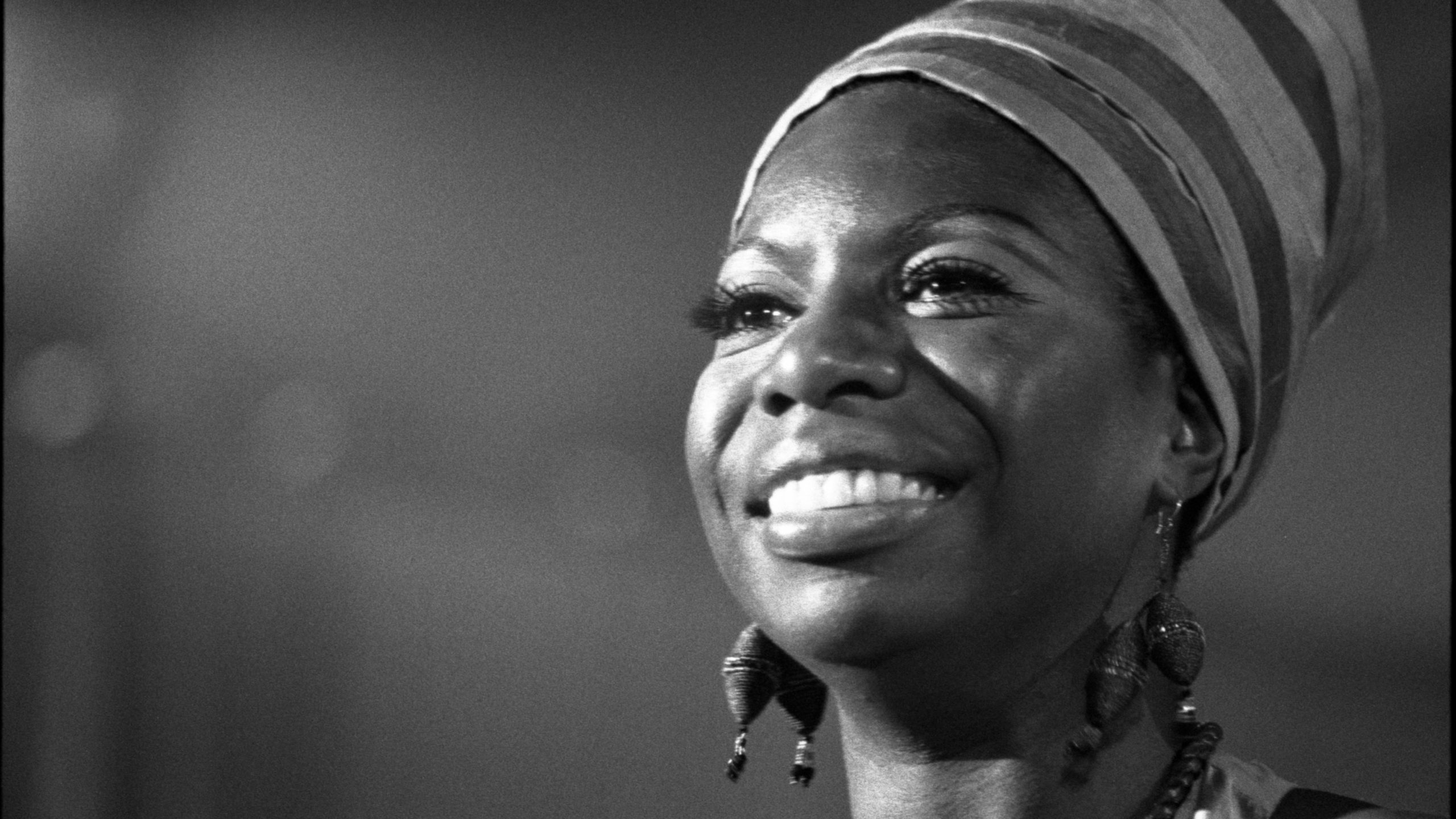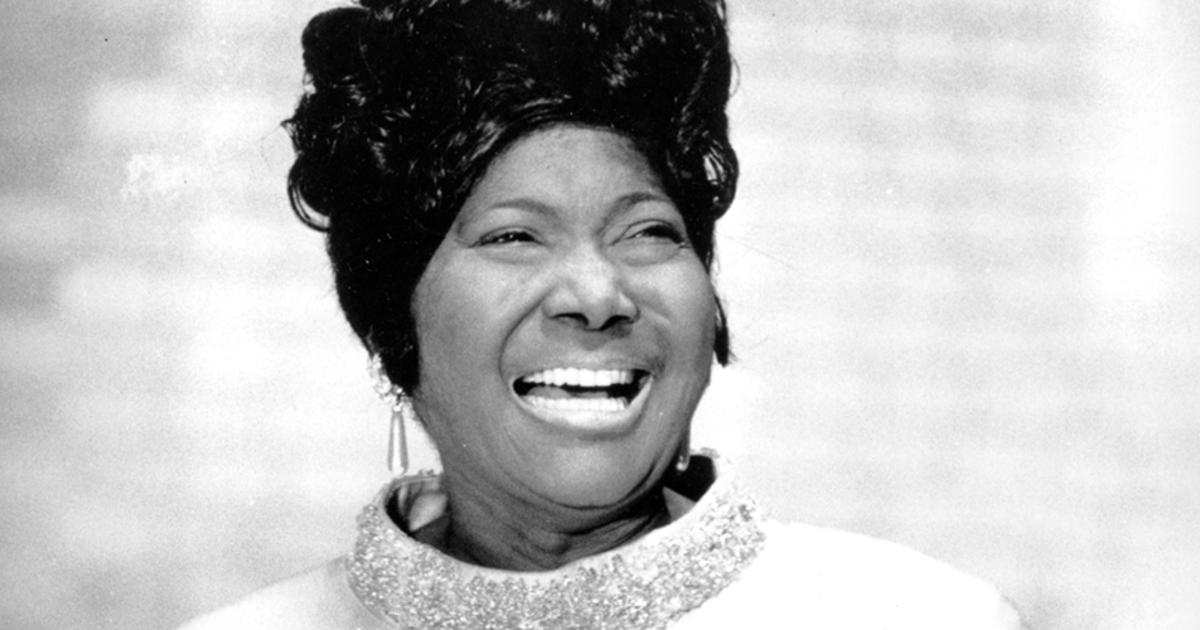First things first: I would like to provide my thoughts on this documentary itself. I find it dismaying that this footage did not see the light of day, and sat in a basement, as a matter of fact–for several decades. However, I’m not surprised–it only seems like the natural course of events for such a film about Black joy and hope to suffer from such great obscurity. I appreciate Joe Lauro for discovering, digitizing, and catalouging the footage that became this film. It’s astonishing and awe-inspiring to see such an abundance of joy among Blacks in the 1960s, and after one of the most painful eras of our history! That in itself was revolutionary. There was healing and catharsis in that space, just as well as joy, and I think that’s needed for today’s current landscape, as well.
As for the artists, I think that they all made an impact in their own ways. Mahalia Jackson and her soul-filled shared lead with Mavis Staples, “Take My Hand,” was particularly resonant and striking for the times–Dr. King had been assassinated only one year before, and it had been his favorite song. It touched me, and I think that the passion the two singers brought to the performance was unmatchable. Nina Simone taught a couple of messages. She cited a Black nationalist poem, “Are You Ready Black People?,” and told the audience that they were young, gifted and black. The Black nationalist quote, in particular, resonated with me. I thought it was brave and bold of her to say such a thing (especially considering the time period). But it, and her message that Black youth are “gifted,” are still true today…
The final message that deeply resonated with me was Marilyn McCoo’s quote. “How do you color a sound?” Although Black people turned away The 5th Dimension at first because they were thought to sound white, they warmed up to them at the festival because ultimately, their sound was an expression of joy. That band and their performance represented much of what the Harlem Cultural Festival was about: Black life, Black culture, and Black joy.




